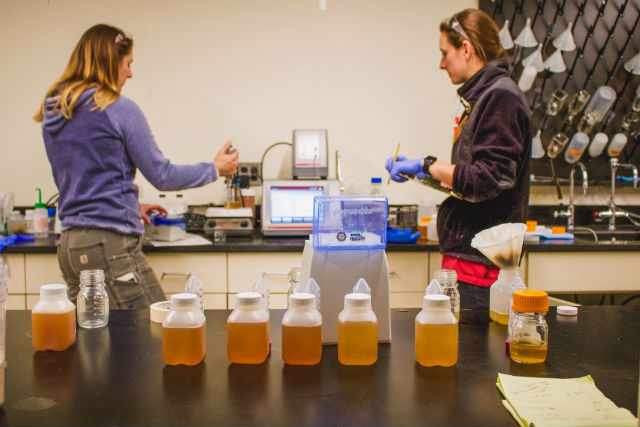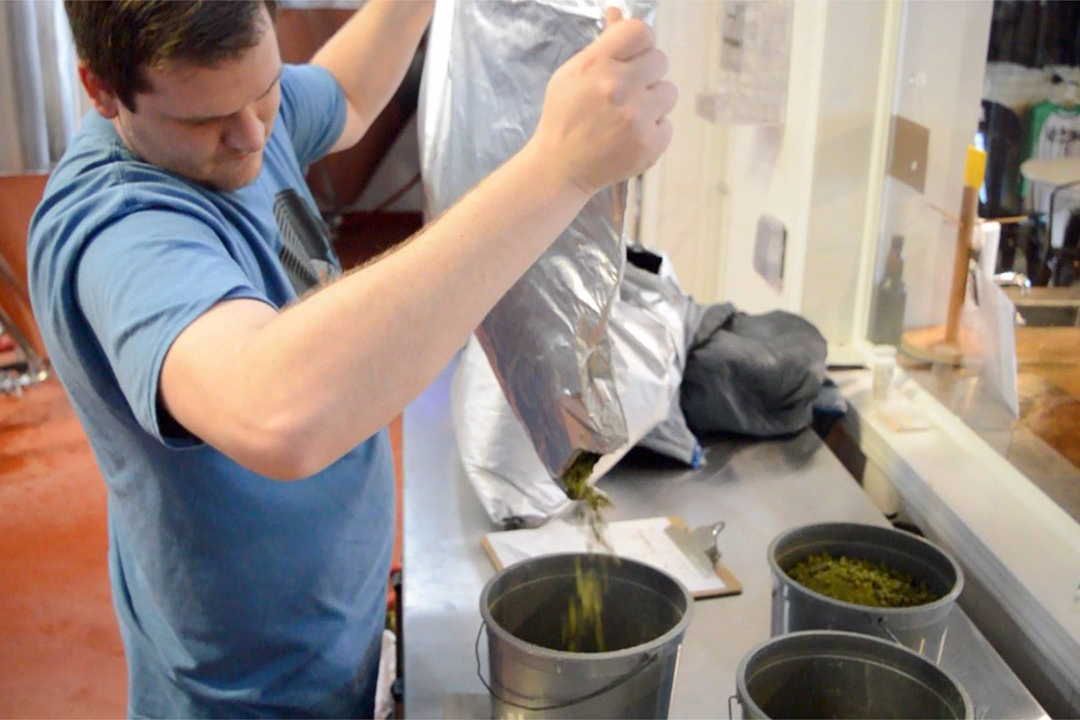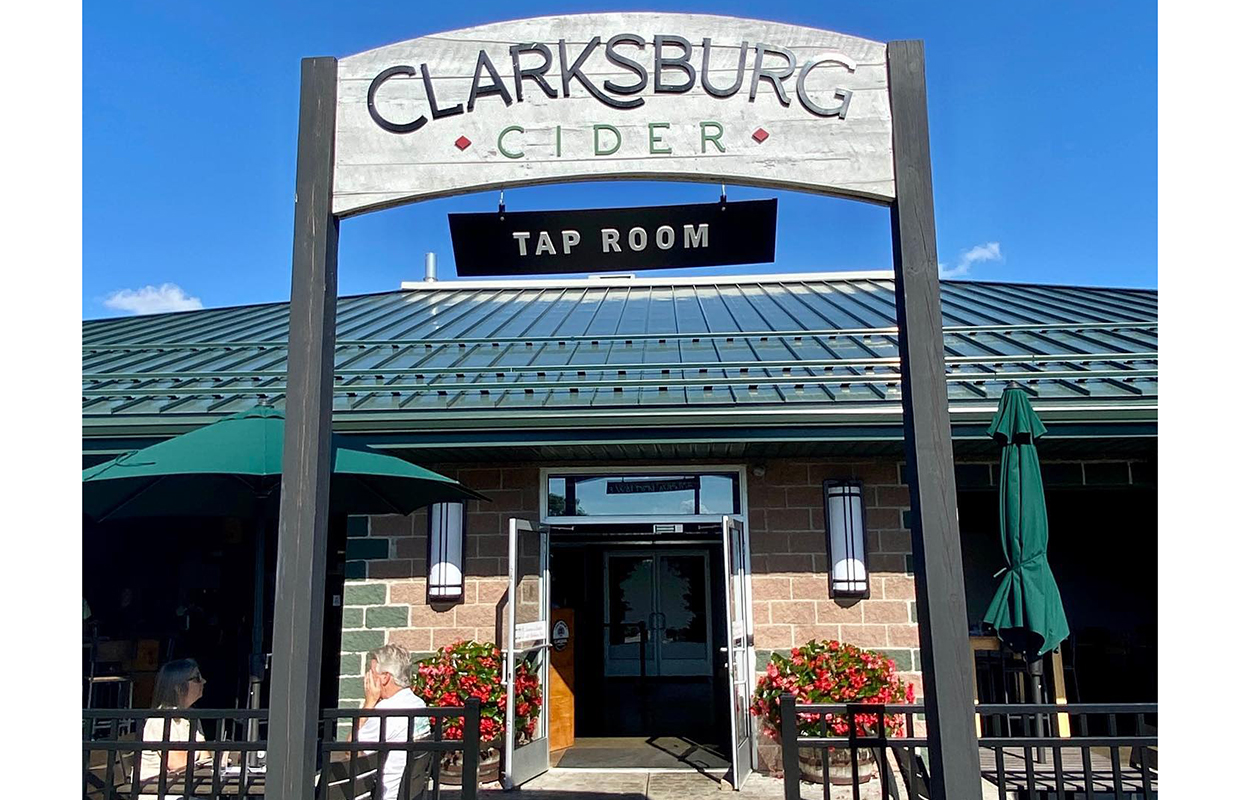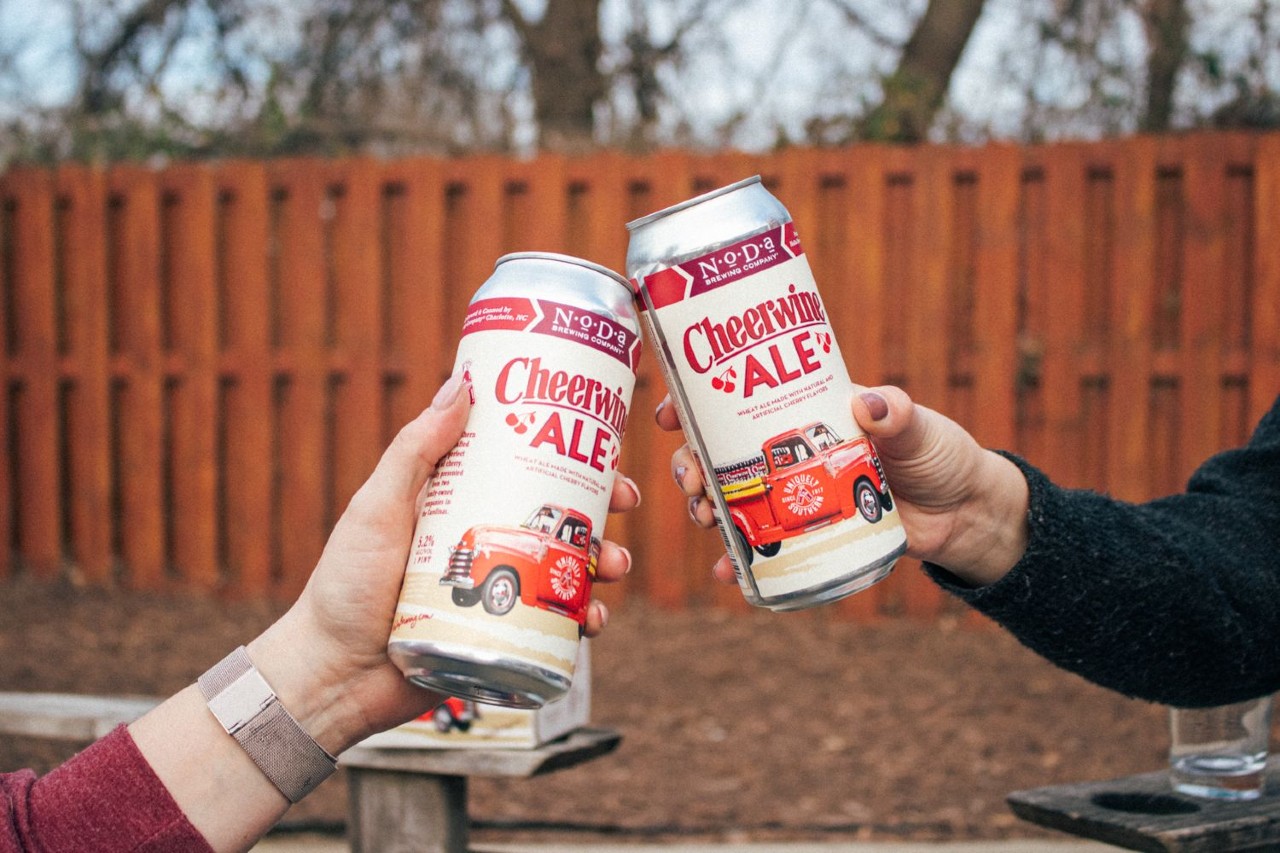
Oxygen. The death of any quality beer. Fighting that cause is at the forefront of most breweries and for Barrio‘s Dennis Arnold, it was the first piece of equipment he recommends.
“When we began brewing in 1991 we couldn’t afford one so we had to do it by dead reckoning. You do what you have to do to get into this business,” he said.
Shortly after that though, getting diagnostic equipment like a Zahm & Nagel CO2 volume measurement unit was needed.
“It still took us some years to completely understand that the unit took constant calibrating,” he noted. “The unit basically works by violently shaking it. Gauges tend to drift in accuracy with such an action. A little drift is not a big thing when your core business is serving beer over your own bar.
“You can tweak a serving tank based on the pint in hand evaluation.”
Arnold pointed out that when a brewery decides to keg that beer and sell it to other tap rooms, the next piece of equipment is a dissolved oxygen meter and the price goes up six times what the Zahm cost.
“In my opinion a brewery should not package without first owning an oxygen meter,” he said.
Worthy‘s Tori Chaplin, the Oregon brewery’s Quality Manager said they have a very elaborate laboratory for a brewery of their size and it includes such tools as seam inspection equipment; a DO/CO2 meter; a UV/ visible light spectrophotometer for in-house analysis of color and IBUs; along with running a full microbiological lab with pour plates, membrane filtration and qPCR.
“The qPCR allows us to screen for beer spoilers in a matter of hours by looking for specific DNA,” she said.
“We can make sure our CO2 levels are consistent, and ensure that devastating dissolved oxygen stays out of our package,” Chaplin added about the DO/CO2 meter.
Recently, Barrio made the plan to upgrade their DO meter with an Anton Paar CBoxQC. Arnold said it will be their most important piece of diagnostic equipment in the lab.
“Gas measurement is key to both consistency and quality,” he said. “We lived by that Orbisphere 3100 dissolved oxygen meter. Now we are moving on to an Anton Paar CBoxQC that hopefully will be the final purchase for us in dissolved gas technology.
“The CO2 side of it is much more accurate than the Zahm as it takes most all operator error out of the equation. As a kicker it also measures nitrogen. We have done many nitrogenated beers over the years and have relied on the dead reckoning method. Now we have a unit that will quantify all three.”
The newest additions for Ecliptic Brewing is a CO2/DO meter they bought almost two years ago with the canning line as well as a cell counter.
Ecliptic QA Technician, Marielle Basseri said the CO2/DO meter allows the Portland, Oregon brewery to check the carbonation and oxygen levels in our products. The newest member to the Ecliptic family is the cell counter. They use Invisible Sentinel to test for beer-spoiling microbes.
“We use this once a week and recently we purchased the cell reader that accompanies the thermal cycler we were already using,” Basseri said. “This gives us a better understanding of whether or not lactobacillus or pediococcus may be present in the beer.”
The DO meter is now an essential part of Ecliptc’s packaging processes because it helps them understand what is in the packages, and the cell reader is still very new but Basseri is looking forward to using it and keeping a close eye on their yeast and beer.
Chaplin added that Worthy is a leader in sensory practices, running both a description panel and package release panel.
“We were early adopters of the software/app DraughtLab Pro, it helps us execute sensory panel, as well as organize and maintain data,” she said. “This program helps development of new product and check the consistency of our existing brands.”






Be the first to comment